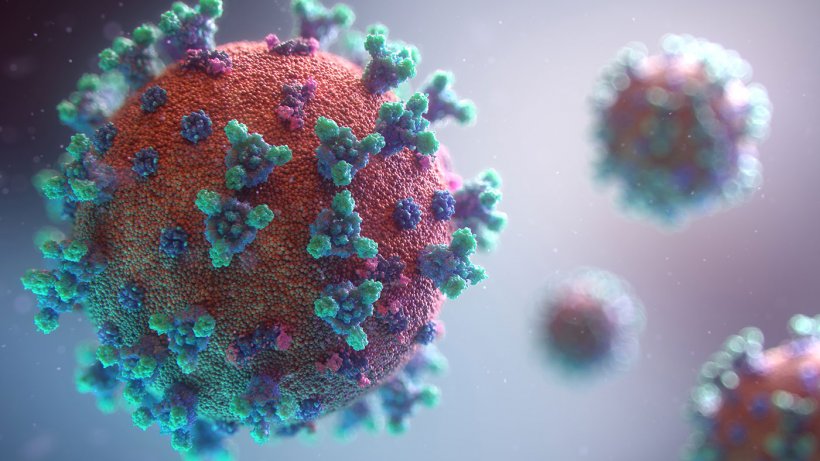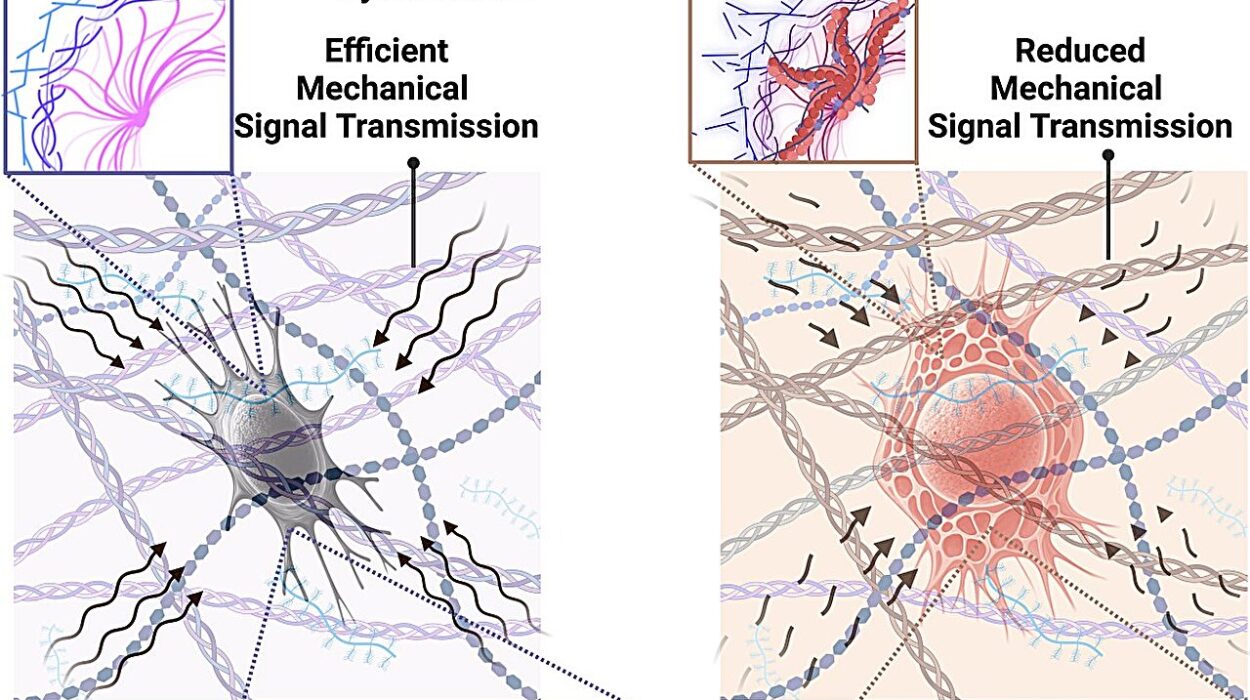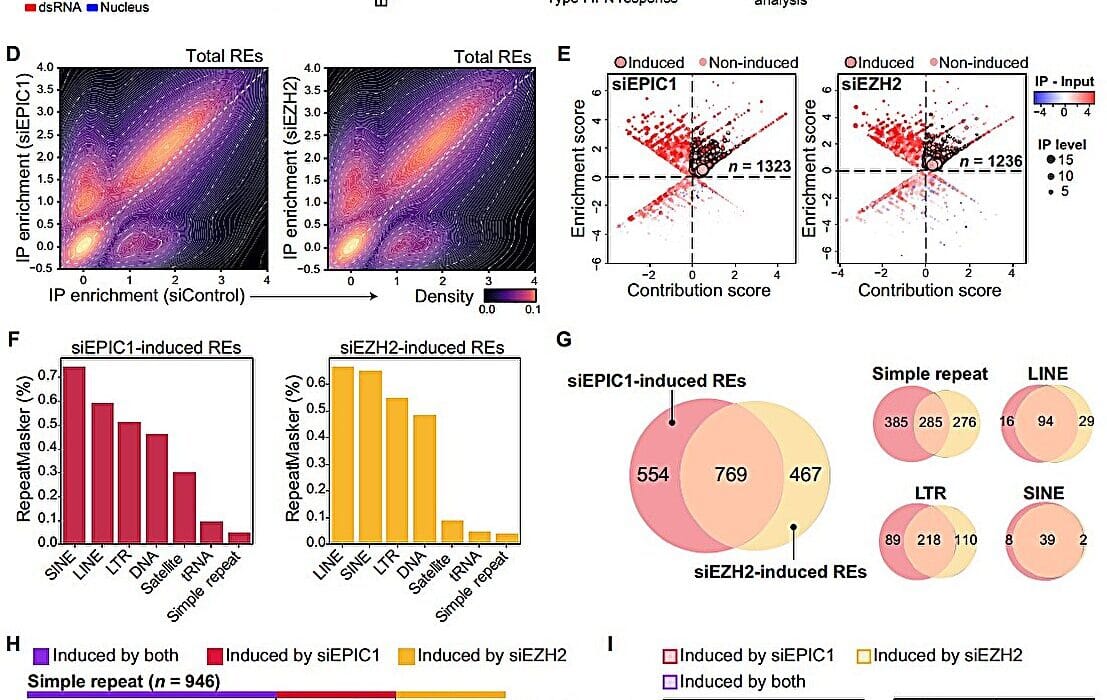In the shimmering heat of a Texas summer, sweat glistens on the skin, and water becomes liquid gold. On football fields, in blazing forests, and even behind office desks, there’s an invisible enemy quietly draining human strength: dehydration.
Often unnoticed until it’s too late, dehydration can sap mental focus, impair physical performance, and—in severe cases—put lives in jeopardy. Now, scientists at The University of Texas at Austin have unveiled a powerful new weapon in the fight against this silent threat: a flexible, noninvasive wearable sensor that monitors hydration levels in real time.
“Dehydration is a silent threat that affects millions of people every day,” said Nanshu Lu, professor in the Cockrell School of Engineering’s Department of Aerospace Engineering and Engineering Mechanics, who led the study published in the Proceedings of the National Academy of Sciences. “Our wearable sensor provides a simple, effective way to monitor hydration levels in real time, empowering individuals to take proactive steps to stay healthy and perform at their best.”
It’s the kind of innovation that might keep a football player on his feet under the blistering September sun, help a firefighter avoid collapse in a raging blaze—or simply remind an office worker that it’s time to refill their water bottle.
How the Wearable Hydration Sensor Works
At the core of this new technology lies a fascinating principle: bioimpedance. It sounds complex, but it’s based on a simple idea—water is a great conductor of electricity. When tissues are well hydrated, electrical signals flow through them easily. But as the body dries out, those same tissues begin to resist the electrical current.
The sensor consists of delicate electrodes placed strategically on the skin. It sends a tiny, safe electrical current through the arm and measures how that current behaves as it travels through body tissues. Any resistance encountered along the way reveals clues about the body’s water content.
Best of all, the data doesn’t stay trapped inside the sensor. Instead, it’s wirelessly transmitted to a smartphone app, giving users a window into their hydration levels wherever they go.
Testing the Limits: Science Meets Sweat
To see just how well their sensor worked, the researchers put it through rigorous trials. One particularly telling test was a diuretic-induced dehydration study. Participants took a medication that increased fluid loss, and researchers tracked their hydration levels using the wearable sensor. The results were then compared to traditional methods like urine tests.
“Our experiments demonstrated that arm bioimpedance is not only sensitive to hydration changes but also aligns closely with whole-body hydration measurements,” said Matija Jankovic, co-author of the study and a postdoctoral researcher in Lu’s lab. “This means the sensor can be a reliable surrogate for tracking hydration levels, even during everyday activities like walking, working, or exercising.”
In another experiment, participants wore the sensor for a full 24-hour period, going about their normal routines. The sensor continued to capture hydration data seamlessly, suggesting it’s ready for real-world use—not just laboratory settings.
A Game Changer for Athletes, Workers, and Patients Alike
Hydration isn’t merely about quenching thirst. Water is essential for keeping organs functioning properly, maintaining stable body temperatures, and fueling countless cellular processes. Even mild dehydration can dull mental sharpness, reduce physical stamina, and interfere with the body’s ability to regulate heat. Severe dehydration can trigger kidney stones, cardiovascular strain, or even deadly heatstroke.
Traditional hydration checks rely on urine samples, blood tests, or bulky medical equipment—methods hardly suited for athletes on the field or workers in hazardous environments. The new UT Austin sensor promises a transformative alternative.
For athletes like Texas’ own Longhorns, the technology could mean safer practices and competitions during the scorching summer months. For firefighters, construction crews, or military personnel, it might mean the difference between safe performance and dangerous dehydration.
And the potential extends well beyond the physically demanding professions. Continuous hydration monitoring could prove invaluable for patients managing chronic illnesses like kidney disease or heart problems, where fluid balance is crucial.
“And hopefully, it could help our Longhorn student athletes compete and stay healthy on hot days,” Lu added with a smile.
Looking Toward the Future
While the current version of the sensor excels at tracking relative changes in hydration, researchers want to take it a step further. Their goal: absolute hydration measurements, creating a precise numerical readout of how hydrated—or dehydrated—a person truly is.
Achieving that requires gathering bioimpedance data from a large and diverse population, building a comprehensive reference database to serve as a baseline for comparison.
Meanwhile, Lu and her team are exploring new designs to improve comfort and versatility. They envision breathable electronic tattoos or sweat-wicking wearables that could become as routine as wearing a fitness tracker. They also plan to expand testing to other body parts, like the forearm or thigh, which could offer even more precise readings in various scenarios.
“This is just the beginning,” Lu said. “Our goal is to make simple hydration monitoring accessible to everyone.”
A New Chapter in Health Technology
On the sun-baked fields of Texas and in countless other places around the world, dehydration remains an unseen adversary. But thanks to innovative minds and the marriage of engineering and human biology, the fight is turning in humanity’s favor.
Whether it’s saving an athlete from heat exhaustion, helping a patient avoid dangerous dehydration, or simply encouraging someone to drink another glass of water, UT Austin’s new wearable sensor could become a quiet hero in our daily lives—guarding health, drop by precious drop.
Reference: Lu, Nanshu, Wireless arm-worn bioimpedance sensor for continuous assessment of whole-body hydration, Proceedings of the National Academy of Sciences (2025). DOI: 10.1073/pnas.2504278122. doi.org/10.1073/pnas.2504278122






